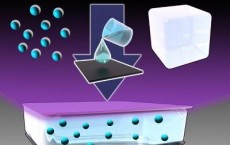
A multinational team of scientists has developed a process for creating glass-based, inorganic light-emitting diodes (LEDs) that produce light in the ultraviolet range. The work, reported this week in the online Nature Communications, is a step toward biomedical devices with active components made f...
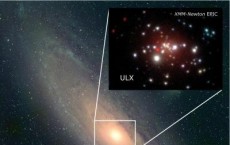
A study of X-rays emitted a long time ago in a galaxy far, far away has unmasked a stellar mass black hole in Andromeda, a spiral galaxy about 2.6 million light-years from Earth. Two Clemson University researchers joined an an international team of astronomers, including scientists at Germany's M...
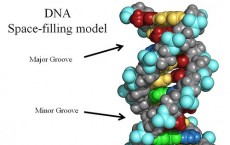
For decades, scientists have understood that there is a genetic component to intelligence, but a new Harvard study has found both that most of the genes thought to be linked to intelligence are probably not in fact related to it, and identifying intelligence's specific genetic roots may still be a l...
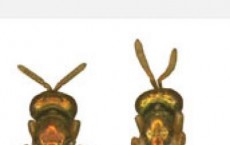
From spaghetti-like sea anemones to blobby jellyfish to filigreed oak trees, each species in nature is characterized by a unique size and shape. But the evolutionary changes that produce the seemingly limitless diversity of shapes and sizes of organisms on Earth largely remains a mystery. Neverthele...
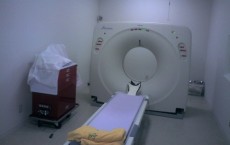
New research from the University of Calgary's Hotchkiss Brain Institute (HBI) shows that using a CT (computerised tomography) scan, doctors can predict if patients who have had a transient ischemic attack (TIA) or minor stroke, with neurological symptoms such as weakness or speech issues, are at ris...
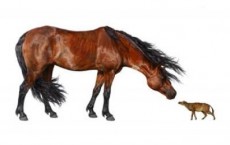
When Sifrhippus sandae, the earliest known horse, first appeared in the forests of North America more than 50 million years ago, it would not have been mistaken for a Clydesdale. It weighed in at around 12 pounds--and it was destined to get much smaller over the ensuing millennia.
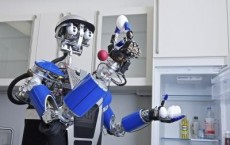
At the CeBIT in Hanover, Karlsruhe Institute of Technology and the FZI Research Center for Information Technology will present innovations for our everyday life in the future. At the joint stand G33 in hall 26, a humanoid kitchen robot will move around, three-dimensional visualizations will open up ...

A new study by the University of California, Berkeley, Wildlife Conservation Society, and others uses a new scientific methodology for establishing marine protected areas in Madagascar that offers a "diversified portfolio" of management options – from strict no-take zones to areas that would ...

Hydrofluorocarbons (HFCs), which have been used in recent years in increasing quantities as substitutes for CFCs, are also climatically very active and many are also extremely long-lived. In the renowned journal Science an international team of researchers recommends that the most potent of these ga...

Researchers at the University of Granada and the university hospital Virgen de las Nieves in Granada have developed a new radiotherapy technique that is much less toxic than that traditionally used and only targets cancerous tissue.

At this time, wireless networks are able to brake just one bike, but in the future, the technical elements will be further developed to regulate entire trains as they travel over the lines. In view of that fact, computer scientists at Saarland University are designing mathematical calculations to ch...
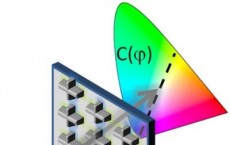
Engineers at Harvard have demonstrated a new kind of tunable color filter that uses optical nanoantennas to obtain precise control of color output. Whereas a conventional color filter can only produce one fixed color, a single active filter under exposure to different types of light can produce a r...